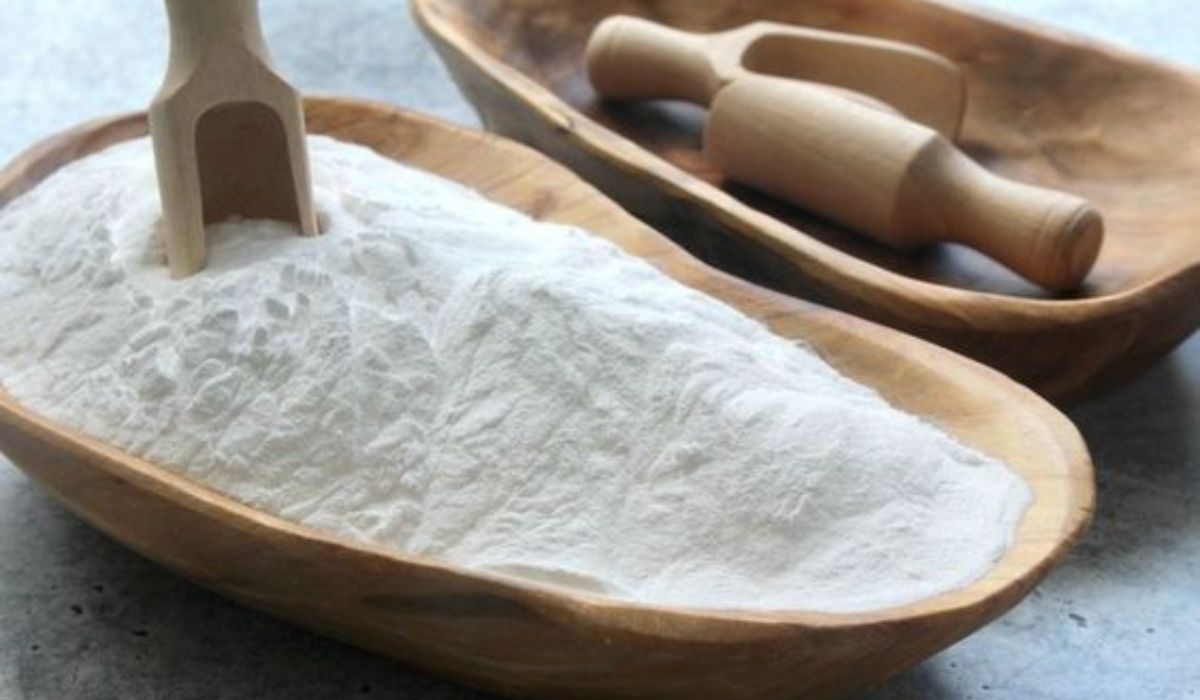Do you ever wonder what makes cleaning and laundry products so effective? Washing soda is one substance that has been used by many people washing soda formula, for many years. Washing soda, also known as soda ash or sodium carbonate, is a multipurpose chemical with several uses. This article will go over the steps required to make washing soda at home, as well as its chemical makeup, uses, safety measures, and environmental impact.
What is Washing Soda?
Sodium carbonate, more often known as washing soda, is a crystalline white powder that has alkaline qualities. Sodium carbonate crystals are formed through a sequence of chemical reactions, starting with the ashes of plants like kelp or certain species of saltwort. This substance is readily available as a powder and dissolves easily in water.
Chemical Composition
Washing soda has two sodium (Na) atoms, one carbon (C) atom, and three oxygen (O) atoms, as indicated by the chemical formula Na2CO3. Crystals of washing soda are highly alkaline due to their chemical composition, making them effective against grease, grime, and other stubborn stains.
Cleaning and Laundry
Washing soda has earned a stellar reputation for its usefulness in domestic cleaning and washing. Its alkaline composition makes it a potent cleaning agent that may be used on a wide variety of fabrics. The cleaning power of laundry detergent can be increased by adding washing soda to remove stubborn stains like grease, oil, and wine.
Household Cleaning
Washing soda can be used for more than just washing clothes. Washing soda is a multipurpose cleanser that may be used on a wide variety of surfaces and materials, from kitchen appliances and worktops to clogged drains and soap scum.
Stain Removal
Washing soda works wonders on everything from coffee stains to marker marks on the wall. Because of its alkaline nature, it is capable of dissolving and removing stubborn stains from a wide range of substrates. However, a patch test is required before using on sensitive textiles or surfaces.
Personal Care
Personal care practices are another great application for washing soda. This molecule has several potential uses in the realm of self-care and cosmetics, from DIY toothpaste and mouthwash to foot soaks and exfoliating scrubs. To prevent skin irritation, washing soda must be diluted and used sparingly.
Safety Precautions
Washing soda is an effective cleaner, but it must be handled with caution. Some basic safety measures are as follows:
- To avoid skin irritation, always wear gloves when using washing soda.
- Keep your hands away from your eyes. If you come into contact with it, wash it off with plenty of water.
- Keep washing soda out of the reach of kids and dogs; it can cause serious health problems if ingested.
- Keep washing soda away from moisture to extend its shelf life and keep it from clumping.
Environmental Impact
When compared to other common cleaning chemicals, washing soda leaves much less of a carbon footprint. It decomposes harmlessly into nature’s building blocks, making it biodegradable. However, it is critical to properly dispose of washing soda by according to municipal regulations for chemical waste.
DIY Washing Soda Formula
Making washing soda at home is as easy as boiling baking soda to transform it into washing soda. Making your own washing soda is as simple as:
- Prepare a baking dish by preheating the oven to 400 degrees Fahrenheit (200 degrees Celsius).
- On a parchment-lined baking sheet, sprinkle some baking soda.
- After the oven has been warmed, put the baking sheet inside and bake for an hour.
- To avoid clumping and maintain consistent heating, stir the baking soda every 15 minutes.
- Take the baking soda out of the oven after an hour and set it on a cooling rack.
- The baking soda has completed its transformation into washing soda.
Conclusion
Washing soda can be used in a wide variety of cleaning and personal care applications, and it produces good results without the need for any toxic chemicals. Washing soda can be used for a wide variety of cleaning tasks, including laundry, household cleaning, stain removal, and personal care. The DIY formula for making washing soda is supplied in this post, so you can make it in a way that reduces your influence on the environment.











